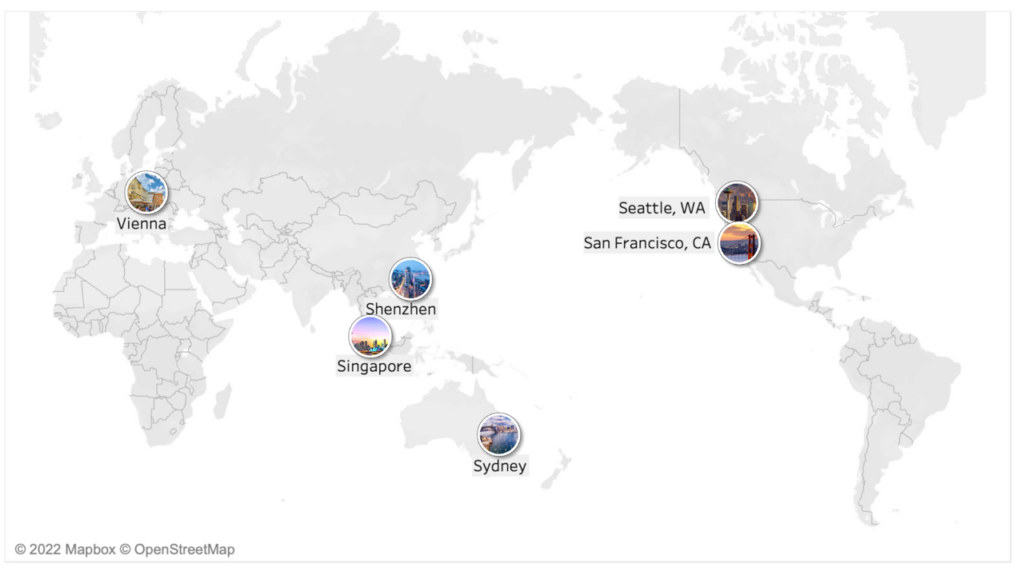Article by Christof Brandtner and Walter W. Powell: “One of the ironies of social science publishing is that, despite frequent references to “American exceptionalism,” there is rarely a need to justify the United States as a setting in many leading journals. As sociologists and organization scholars, we know that many concepts devised in the US either differ in meaning (e.g., what is scholarly impact) or might not be applicable (e.g., the central role of philanthropy in developing public policies) outside the United States. In fact, there is significant pressure for scholars of such regions as Latin America, East Asia, or Africa to justify their setting and how it generalizes to other areas of interest to scholars of the Global North and West. This summer, we published a series of articles from a co-produced multi-place research project in six cities worldwide in the journal Global Perspectives to bring a new angle to this problem.

Comparative work has been among the most fruitful for testing different social science theories. In the field of civil society research, for instance, scholars have often examined government failure theory—the idea that nonprofits are more plentiful where authorities are unable to serve the full spectrum of needs—by comparing states and nations. The arguably most impactful research project for defining nonprofit organizations was a comparative study of national nonprofit sectors led by Helmut Anheier and Lester Salamon in the 1990s. Closer to the ground, the comparative case method has also been generative for understanding persistent performance differences among seemingly similar organizations. Work comparing hospitals by Kate Kellogg, and neighborhoods by Robert Sampson or Eric Klinenberg, provide illuminating examples of the power of comparing sites.
Comparing the civic life of cities
In this spirit, we designed a research project meant to provide a reality check on some now-common understandings of organizational and social dynamics developed in the Global North. In our introductory essay to the special collection titled “Capturing the Civic Life of Cities,” we ask: “In a wired world, how do social interactions among organizations and people continue to define civil society?” Our work investigates the civic life of cities, which has seen significant transformations with digitalization and globalization since the 1990s heyday of “big theories” of civil society. These transformations have seriously called into question whether the dynamics of civil society organizations—often developed in the US context—still apply. During our data collection over the past three years, civil society was further shocked by both political upheavals and a global pandemic. Nonetheless, in light of the many examples where civil society organizations have stepped up to meet pressing new needs, we conclude that:
“Civil society organizations are rooted in place through their people, practices, and partnerships. During the storm of the pandemic, these roots may have grown deeper and found new ways of invigorating cities.”…Courtesy of the University of California Press, the special collection of Global Perspectives is openly accessible until the end of July 2022.…(More)”.
